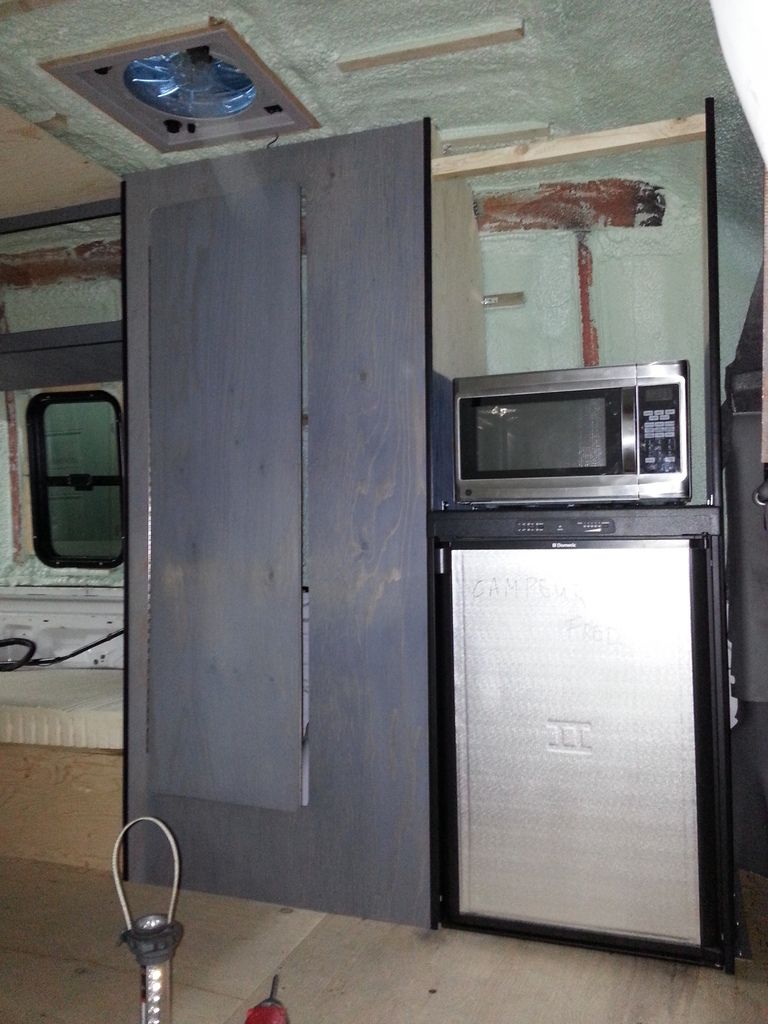evy
Feb 13, 2016Explorer
Quick electrical question : transfer switch vs charger
Ok here's a little question for you guys, but first here's a quick resume of my story.
I'm building my camper van on a Ford E250 extended platform with high top.
Haven't bought any electrical stuff yet.
When I'm done building this thing, I will be boondocking (nothing crazy) and using shore power, I will have a 30amp system with 2 batteries, a generator, inverter, converter, charger, 12v and 110v fuse panels, microwave, 3 way fridge, no AC (I think for now), no solar panels (I think for now maybe eventually?) gas heater and water heater, 17" laptop, water pump, fans, 12v lights here and there.
So here's the thing.
I have a tight budget but I was thinking of buying this Atwood 55amp APS-5530 charger/converter/12v and 110v fuse panel, it's all in one and it seems very nice and clean, I can get it on amazon for like 72$ shipped.
http://www.trailerrvparts.com/Atwood-55-amp-convertercharger_p_183.html
You guys already told me that a 30amp system is more than enough on another thread, but is it ok to have a 55amp charger/converter on a 30amp system?
Also the transfer switch is going to be 30amp is that going to be a problem vs the 55amp charger/converter?
My guess is that it's going to be ok, the 55amp is the maximum capacity, If I'm under it I'm ok, but I just need your approval.
I will draw my detailed electrical diagram very soon so I need to start making some specific choices.
Thanks for any help at all!
I'm building my camper van on a Ford E250 extended platform with high top.
Haven't bought any electrical stuff yet.
When I'm done building this thing, I will be boondocking (nothing crazy) and using shore power, I will have a 30amp system with 2 batteries, a generator, inverter, converter, charger, 12v and 110v fuse panels, microwave, 3 way fridge, no AC (I think for now), no solar panels (I think for now maybe eventually?) gas heater and water heater, 17" laptop, water pump, fans, 12v lights here and there.
So here's the thing.
I have a tight budget but I was thinking of buying this Atwood 55amp APS-5530 charger/converter/12v and 110v fuse panel, it's all in one and it seems very nice and clean, I can get it on amazon for like 72$ shipped.
http://www.trailerrvparts.com/Atwood-55-amp-convertercharger_p_183.html
You guys already told me that a 30amp system is more than enough on another thread, but is it ok to have a 55amp charger/converter on a 30amp system?
Also the transfer switch is going to be 30amp is that going to be a problem vs the 55amp charger/converter?
My guess is that it's going to be ok, the 55amp is the maximum capacity, If I'm under it I'm ok, but I just need your approval.
I will draw my detailed electrical diagram very soon so I need to start making some specific choices.
Thanks for any help at all!
